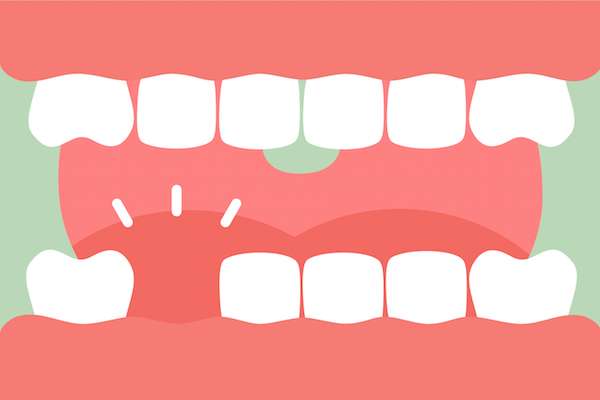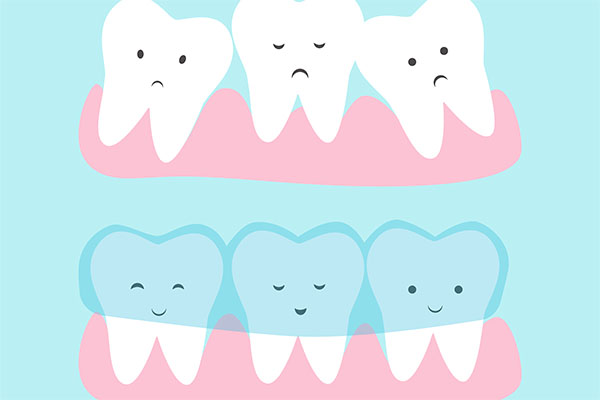Tooth extractions are some of the most common procedures that a performs. In fact, the American Dental Association includes extractions on its list of most frequently reported dental procedures. Because many patients undergo this treatment, it is important to understand when it is needed. Because patients should play a key role in their own dental health, the dentist and patient should always have a clear discussion about available options before choosing any treatment. In this way, the patient can feel confident about seeking necessary care.
3 times a family dentist recommends extracting a tooth
A family dentist typically recommends pulling a tooth when it is deemed nonrestorable, causing obvious infection, or causing an alignment problem.
1. Severe decay
When a cavity gets so large that it can no longer be restored, an extraction is the only option. In some cases, the tooth may be badly broken, and often, only the root tips are left. A family dentist recommends removing teeth in this condition because they are simply sources for infection to take hold. There are a number of restorative options available for missing teeth, and the patient can discuss these with the dentist before extraction. A severely decayed tooth is usually unsightly, so patients are often eager to have it removed and replaced.
2. Infection
Although dental infections are somewhat common, these can be quite dangerous if left untreated. If a family dentist detects a badly infected tooth, they may recommend an extraction. Dental infections are often detected by an X-ray. The patient usually presents with a toothache, but sometimes, the infection causes no symptoms at all. The infection can drain into the mouth, and many patients report a foul taste. An infection may arise from a decayed tooth, or it can happen after some type of trauma to the area. Antibiotics may be prescribed before extraction to reduce the amount of infection, but this is left to the dentist's discretion.
3. Crowding
Patients who are interested in orthodontics may need some extractions if the teeth are too crowded. The first premolars are the most common teeth to be removed for orthodontic treatment. These extractions are sometimes required for both traditional braces or clear aligner therapy. Patients should discuss the benefits of extractions for straighter teeth but should also know what the results will be like if certain teeth are not extracted. In some cases, adolescents may have retained baby teeth. These must be removed before or during orthodontic therapy to allow the permanent teeth to erupt correctly.
Conclusion
Every patient is unique, and a family dentist may recommend extractions for many reasons. The important thing is that patients understand why pulling a tooth is necessary and what care will be needed after the procedure. Patients concerned about oral health should visit a dentist for a comprehensive treatment plan. Dedication to good oral health is an important step in overall health.
or call Cumming's Family Dentist at 770-205-9226 for an appointment in our Cumming office.
Recent Posts
For those tired of making numerous trips to different offices for dental care for the whole family, it may be time to make the switch to a family dentist. Unlike general dentistry where services are focused on a particular age group, family dentistry provides oral care for people of different age ranges in a family.For…
There are many reasons to consider choosing either a family dentist or a general dentist. A move to a new location, changing dental needs, or even the retirement of a current dentist can lead a patient to weigh the available options in dental care. Knowing the difference in the services and restrictions of each type…
Scheduling regular visits to a family dentist is an important part of maintaining good oral health. During routine checkups, patients can expect a visual examination along with occasional X-rays. In addition, the dental team will conduct a series of oral hygiene procedures to keep the teeth and gums strong and prevent decay and disease. While…


